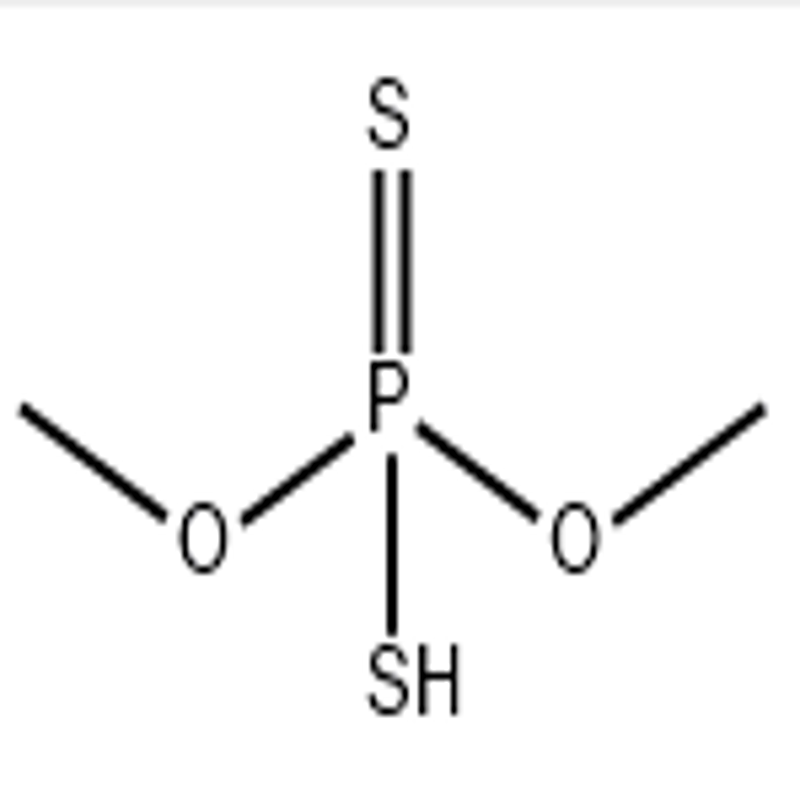-
Categories
-
Pharmaceutical Intermediates
-
Active Pharmaceutical Ingredients
-
Food Additives
- Industrial Coatings
- Agrochemicals
- Dyes and Pigments
- Surfactant
- Flavors and Fragrances
- Chemical Reagents
- Catalyst and Auxiliary
- Natural Products
- Inorganic Chemistry
-
Organic Chemistry
-
Biochemical Engineering
- Analytical Chemistry
-
Cosmetic Ingredient
- Water Treatment Chemical
-
Pharmaceutical Intermediates
Promotion
ECHEMI Mall
Wholesale
Weekly Price
Exhibition
News
-
Trade Service
Potato late blight is a typical climatic disease, also known as potato blast.
The microclimate of the farmland with suitable temperature and high humidity is conducive to the rapid spread of the disease.
The disease mainly harms potato leaves, stems and tubers.
Fatian will cause a 50-80% reduction in production
.
According to the potato late blight monitoring point (E:109.
43, N:32.
87) monitoring system built by the County Agricultural Technology Center in Yangshan Village, Gouyuan Town on May 25th, the disease has entered the second generation and first infection in the local area.
In addition, it is reported that there have been sporadic diseased plants in the field in the field survey by the forecasting personnel, and the weather forecast has several continuous rains in the recent period.
The meteorological conditions are conducive to the further spread of the disease
.
It is recommended that potato late blight prevention and control should be carried out in time for potato planting areas in the middle and high mountains
.
? Prevention and control recommendations:? 1.
Remove diseased leaves
.
At present, the disease is in the sporadic stage.
It is necessary to strengthen the field disease monitoring.
If the diseased plant is found, the diseased leaves should be removed in time and taken out of the field for treatment to control the spread of the pathogen
.
? 2.
Ditching and dehumidification
.
Strengthen field management after rainy weather, promptly ditch to drain moisture, prevent field water accumulation, reduce field humidity, and restrain disease prevalence
.
? 3.
Chemical control
.
① Prevention and control time: timely spray control should be applied to the fields that have sporadic disease at present, and the prevention should be repeated at an interval of 5-7 days, and the continuous control should be 2-3 times; disease monitoring should be strengthened for the fields that have not yet diseased.
Spray the medicine for prevention before the first ten days of the month
.
②Control agents: 50% mancozeb wettable powder or 58% metalaxyl mancozeb or 50% mancozeb.
Flumorph 100g or 70% propsenzine 200g can be used per mu.
It should be used in rotation to avoid the development of drug resistance and improve the control effect
.
4.
It is recommended that big potato growers and related technical personnel pay attention to the WeChat public account of potato prevention and control Internet of Things: hsjdpotato, which can grasp the development of potato late blight in our county in real time, and understand the latest potato pest control technology
.
The microclimate of the farmland with suitable temperature and high humidity is conducive to the rapid spread of the disease.
The disease mainly harms potato leaves, stems and tubers.
Fatian will cause a 50-80% reduction in production
.
According to the potato late blight monitoring point (E:109.
43, N:32.
87) monitoring system built by the County Agricultural Technology Center in Yangshan Village, Gouyuan Town on May 25th, the disease has entered the second generation and first infection in the local area.
In addition, it is reported that there have been sporadic diseased plants in the field in the field survey by the forecasting personnel, and the weather forecast has several continuous rains in the recent period.
The meteorological conditions are conducive to the further spread of the disease
.
It is recommended that potato late blight prevention and control should be carried out in time for potato planting areas in the middle and high mountains
.
? Prevention and control recommendations:? 1.
Remove diseased leaves
.
At present, the disease is in the sporadic stage.
It is necessary to strengthen the field disease monitoring.
If the diseased plant is found, the diseased leaves should be removed in time and taken out of the field for treatment to control the spread of the pathogen
.
? 2.
Ditching and dehumidification
.
Strengthen field management after rainy weather, promptly ditch to drain moisture, prevent field water accumulation, reduce field humidity, and restrain disease prevalence
.
? 3.
Chemical control
.
① Prevention and control time: timely spray control should be applied to the fields that have sporadic disease at present, and the prevention should be repeated at an interval of 5-7 days, and the continuous control should be 2-3 times; disease monitoring should be strengthened for the fields that have not yet diseased.
Spray the medicine for prevention before the first ten days of the month
.
②Control agents: 50% mancozeb wettable powder or 58% metalaxyl mancozeb or 50% mancozeb.
Flumorph 100g or 70% propsenzine 200g can be used per mu.
It should be used in rotation to avoid the development of drug resistance and improve the control effect
.
4.
It is recommended that big potato growers and related technical personnel pay attention to the WeChat public account of potato prevention and control Internet of Things: hsjdpotato, which can grasp the development of potato late blight in our county in real time, and understand the latest potato pest control technology
.







